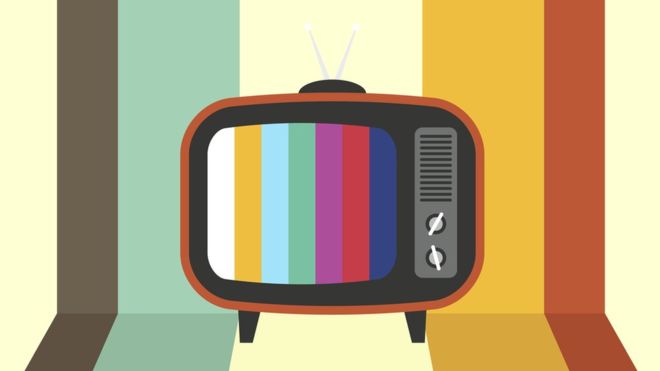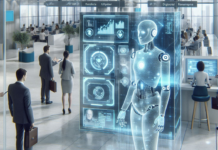
Energy efficiency ratings on televisions are flawed and likely to mislead consumers, a US environment advocacy group has claimed.
The Natural Resources Defense Council (NRDC) said many sets were designed to perform well in government tests, but used more energy in regular use.
It said energy consumption could be twice the expected amount.
But the US Consumer Technology Association (CTA) said modern TVs were an “efficiency success story”.
‘No warning’
The NRDC said it found many television sets disabled energy saving features with little or no warning when a viewer adjusted other settings, such as the picture brightness.
It also found that a test video produced by the US Department of Energy to determine energy consumption typically used less energy than real-world television broadcasts.
The group suggested that the short scenes in the test video triggered screen dimming features in some televisions, lowering their energy use.
It also warned that energy efficiency tests did not analyse how a television performed when displaying high dynamic range (HDR) video.
HDR allows a much larger number of colours to be shown, but consumes more energy than standard high definition pictures. Manufacturers are gradually beginning to produce HDR-capable sets.
“In some cases, a TV’s annual energy use will be twice the levels that manufacturers reported,” said Noah Horowitz from the NRDC.
‘More efficient’
However, CTA president Gary Shapiro said “fundamental changes in video screen technology” meant television sets were now more energy efficient than before.
“Innovation is constantly driving TV models to become thinner, lighter and more energy efficient,” he said.
He also defended the eco-friendly modes included on some sets, saying that they provided viewers with choice.
“The TV settings used in the energy efficiency testing processes can be and are used in the real world, unless consumers want a different viewing experience,” he said.
A spokeswoman for the European Commission said: “The Commission is involved in discussions on a completely new test loop that will not only make defeat devices far more difficult to be conceived and implemented, but will also be able to capture different energy consumption patterns, such as displaying images in HDR that can dramatically improve picture quality but at the expense of a higher energy use.”



























